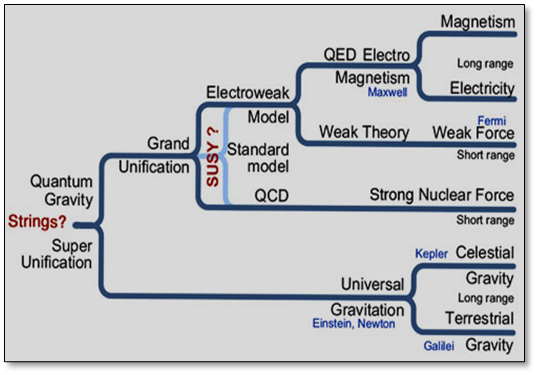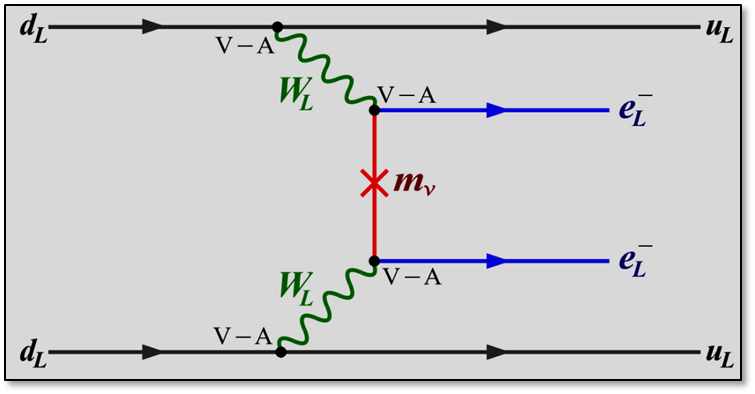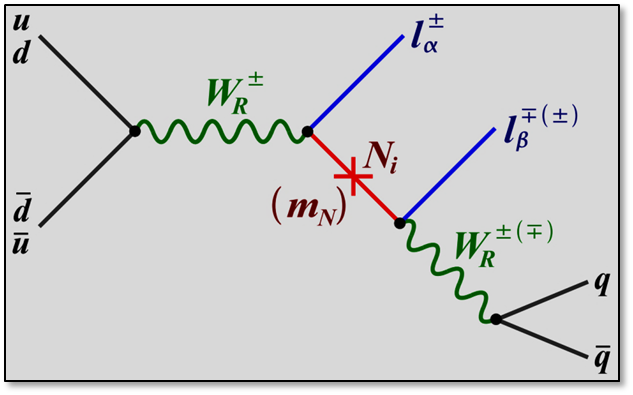Theory & Phenomenology
Beyond the Standard Model Physics
Interpretation of experimental searches on Three Frontiers
Particle physics research is based on a wide range of experimental efforts on three frontiers:
- high energy colliders such as the LHC push the energy frontier to search for heavy particles beyond the Standard Model;
- precision measurements of particle physics properties and parameters at comparatively low energies constitute the so called intensity frontier; and
- the cosmology frontier is explored by ground and satellite based observations of the universe to infer particle physics properties (for example through the fluctuations in the cosmic microwave background).
Analysis of New Physics models
In the light of current experimental results, we develop and analyse hypothetical new physics models that attempt to solve mysteries like the nature of neutrino masses. At UCL we focus on models that incorporate the breaking of lepton number to generate the light neutrino masses we observe in nature via a Seesaw mechanism. This for example includes Grand Unified Theories (GUTs) in which the three forces encountered in the Standard Model (electromagnetic, weak and strong) unify at very high energy scale, possibly in a supersymmetric context. Such models can be very predictive, correlating many observational facts such as the masses of particles. On the other hand, this makes model building difficult and simple models are already excluded. In order to better explore the viable model space, we develop computational tools that help in the model building process.

Focus on the role of neutrinos and lepton flavour physics
Neutrinos are an all present yet highly elusive part of the Universe: More than fifty trillion neutrinos produced in the Sun pass through one's body per second without leaving a trace. They play an important role in most of the phenomena in the Universe, from the energy production in stars and supernova explosions to the general structure of galaxies. All of these phenomena provide information on neutrino properties, yet neutrinos are still the least understood part of what constitutes known matter in the Universe. Most importantly, neutrinos exhibit generational oscillation, i.e. the three types discovered so far can transform between each other as they travel in space, and they appear to have masses which are much smaller than that of the other matter particles such as electrons.


Neutrinos currently provide the only solid departure from what is considered the Standard Model of particle physics and an explanation of their properties forms a crucial part of new theories that aim to understand the fundamental structure of nature. This combination of a wealth of unexplained experimental data with the high theoretical relevance make neutrino physics a fascinating and highly important research field.
